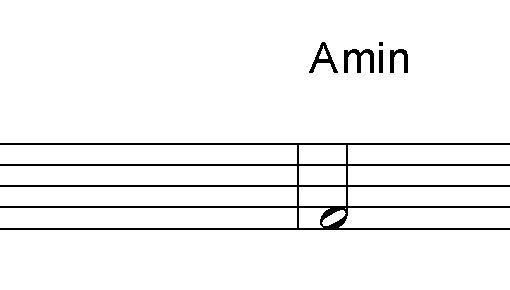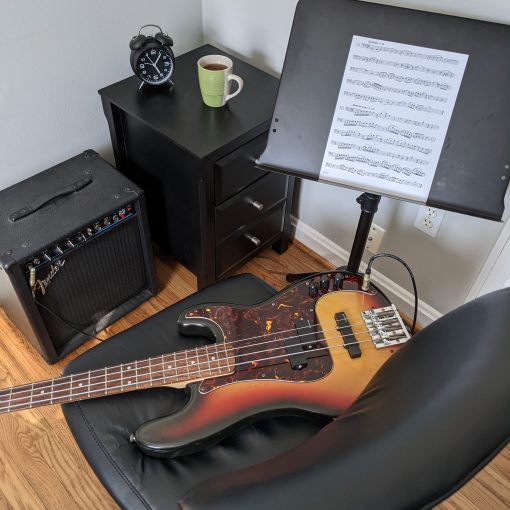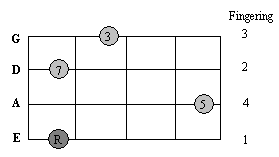Level: intermediate
No part of this lesson may be copied, reproduced, or distributed in any form without consent of the author. Copyright © Doug Ross, all rights reserved.
Although we tend to think of bass guitar as a one-note-at-a-time kind of instrument, there’s no reason that it can’t be used for sounding simultaneous intervals and even full chords. With practice, you can produce the sound of almost any chord using a standard 4-string bass. Of course if you have an extended range bass with 5 or more strings, there are even greater harmonic possibilities.
Please remember, however, that in most cases your role in the band will be to provide a foundation, so use these chords with discretion. I use them frequently when practicing alone or with another bassist, and only occasionally in a band context. For everyday bass playing, you should make sure that you’re at least familiar with basic root position arpeggios before you start strumming any chords like these.
For starters, let’s look at possible voicings for basic 3 note chords (triads). Due to the low range of standard bass tuning, as a general rule chords will sound best above the 10th fret area of the neck. Below that, things tend to start sounding muddy. We’ll stick with moveable root position chord voicings for now. That means that a major triad will be played either with the root on the E string (here with the root doubled on the D string):
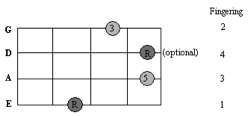
or with the root on the A string:
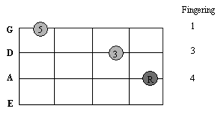
Due to the idiosyncrasies of our instrument’s tempered tuning, the above A string voicing often sounds out of tune, so I usually omit the 5th and double the root on the G string instead:
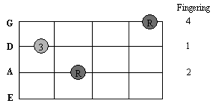
Here are the corresponding voicings for a minor triad, first with the root on the E string:

and again starting on the A string:
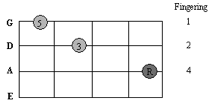
Here’s an augmented triad starting on the E string:
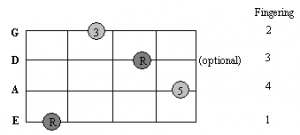
and starting on the A string:
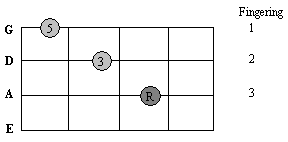
Another common 3-note chord is the sus4 chord, here with the root on the E string:
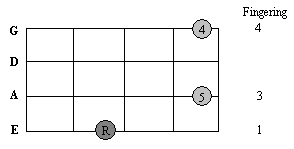
and with the root on the A string:
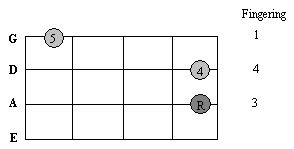
As a practical matter, diminished triads aren’t commonly used in popular music, so I haven’t included them here. But you’re welcome to figure them out for yourself if you’re curious, since by now I think you get the idea about how to find the fingerings. Then you’ll be well prepared when we discuss their quite common cousins, diminished 7th chords, in the next lesson.
Please be careful not to strain yourself when practicing these chords at first. Fretting several notes simultaneously may be something your hand is not accustomed to, so work slowly and gradually to get used to it. Eventually, you will be able to grab any chord quickly and comfortably, and hearing the sound of the different chords is great ear training for you.
